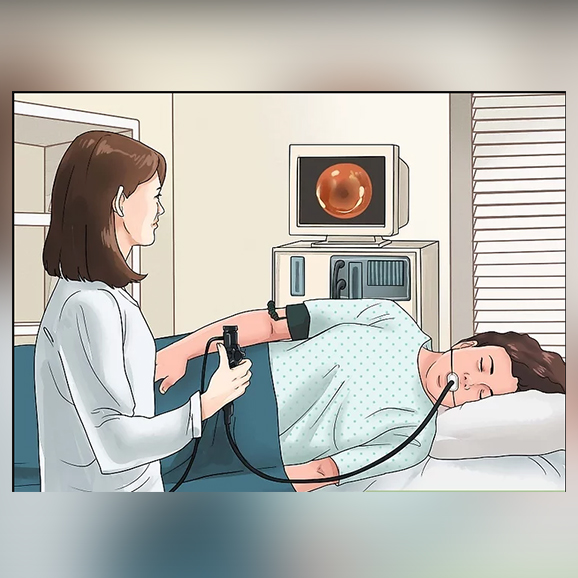Endoscopy
Endoscopy for Stomach Pain Diagnosis
Stomach pain can arise from various underlying conditions. Endoscopy offers a safe and effective way for your gastroenterologist to examine the upper digestive tract and pinpoint the cause.
Symptoms Endoscopy Can Help Diagnose:
- Upper abdominal pain: Endoscopy can visualize the lining of your esophagus, stomach, and duodenum (first part of the small intestine) to identify ulcers, inflammation, or abnormalities that might be causing the pain.
- Other digestive issues: If you experience symptoms like diarrhea, unusual weight loss, or bloody stool, endoscopy can help diagnose conditions like inflammatory bowel disease (IBD) or celiac disease.
Types of Endoscopy for Stomach Pain:
The specific type of endoscopy used depends on the suspected location of the problem:
- Esophagogastroduodenoscopy (EGD) or Upper Endoscopy: This is the most common type used for stomach pain. The endoscope is inserted through your mouth to examine the esophagus, stomach, and duodenum.
Endoscopy Procedure:
- Preparation: You’ll likely need to fast for several hours before the procedure and avoid certain medications.
- During the Procedure: You’ll receive sedation to relax and minimize discomfort. The doctor inserts the endoscope and examines the digestive tract lining on a monitor. Tissue samples (biopsies) might be taken for further analysis if needed.
- Recovery: After the procedure, you’ll be monitored until the sedation wears off. You might experience some throat soreness or bloating, which usually resolves quickly.
Benefits of Endoscopy for Stomach Pain:
- Minimally invasive: Compared to surgery, endoscopy is a less invasive way to examine the digestive tract.
- Direct visualization: Provides a clear view of the inner lining, allowing for accurate diagnosis.
- Treatment options: During endoscopy, some conditions like ulcers or bleeding can sometimes be treated with the same procedure.

